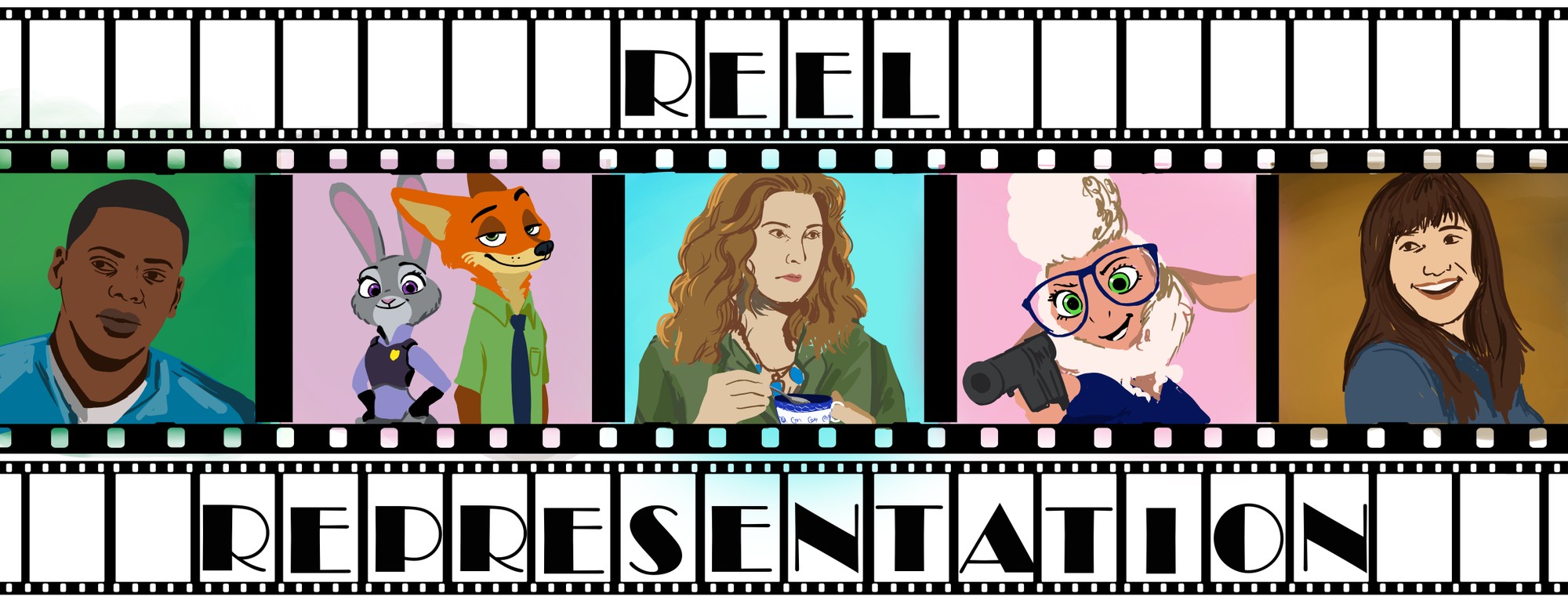Reel Representation: ‘Get Out’ and ‘Zootopia’ successfully tackle racial issues

(Kelly Brennan/Daily Bruin staff)
By Olivia Mazzucato
March 2, 2017 9:01 p.m.
Diversity in film and television came into the spotlight in 2016 with #OscarsSoWhite. A USC study in 2016 found only about a quarter of speaking characters belonged to nonwhite racial groups. In “Reel Representation,” columnist Olivia Mazzucato discusses different issues of race and representation in media as they relate to new movies and TV shows.
“Get Out” is an impeccably executed thriller, complete with suspenseful reveals and hair-raising music cues.
It also tells a chilling story about the way white suburban racism manifests itself at the cost of the identities and lives of black men.
Not exactly your average horror movie.
“Get Out,” which came out last week, isn’t the first film to unexpectedly take on racism. Along with recent Oscar winner “Zootopia,” it reflects a trend of films that use genre tropes in order to tackle stories about race. Both “Get Out” and “Zootopia” are able to use their respective styles to powerfully deconstruct complex ideas through allegory and to share meaningful stories with new audiences.
“Get Out” and “Zootopia” approach issues of race in two distinctly different ways – while “Get Out” is geared towards an older audience, the appeal of “Zootopia” is more universal – approachable for both kids and adults.
In “Zootopia,” Judy Hopps, the rabbit, moves to the metropolitan Zootopia to become a cop and comes up against growing social tensions between predator and prey. By embracing the animated format, the film is able to look at weighty topics in a new way that can resonate with both older and younger generations.
“Zootopia” isn’t a perfect racial metaphor. When translated to the real world, this part of the storyline creates unintentionally problematic parallels, like the idea that the animals’ biologies contribute to their differences in personality and temperament.
However, “Zootopia” works efficiently to craft a complex narrative about race by examining issues like bullying and physical violence as a result of prejudice. In a particularly heartbreaking scene, Nick Wilde, a fox, is beaten up by other animals in his scout troop because he’s a predator. The other animals cruelly muzzle him, leaving him hurt and humiliated.
In another scene, a tiger sits down next to a rabbit and her child on the train. The rabbit’s eyes dart to the tiger before she pulls her child closer, away from the tiger. The scene is bitingly real for anyone who has felt the quiet indignities of racism before.
“Zootopia” is able to capture the feelings of anguish and sadness inherent in racial discrimination. The film succeeds because it is able to make the audience feel the palpable heartbreak Nick feels when the other animals turn on him, allowing audiences to slip into his place. Even if people have never personally experienced prejudice, the film allows them to imagine what it would be like to live through and helps connect the emotion to the action.
Emotion plays a key role in “Get Out” as well; however, the horror genre uses fear as a vehicle for broaching the topic of racism. “Get Out” succeeds in injecting the audience with the sheer terror that I can only imagine is a part of the black male experience.
In the first scene of the film, a young black man walks through a suburban neighborhood. A white car pulls up next to him, playing the 1939 song “Run, Rabbit, Run,” an innocuous song made menacing within the context of suburbia. When I saw the film in the theater, I could hear the rest of the audience murmuring, instantly recognizing the situation as a dangerous one and waiting for the menace to manifest itself.
“Get Out” teases out the subtle threat of a white-dominated suburb, turning harmless white cluelessness into a disguise for more sinister tensions – a plot within the community that involves the kidnap and erasure of black men.
When the black protagonist Chris Washington meets his white girlfriend’s family and neighbors, he is complimented on his “genetic makeup” and told that black skin is “in fashion.” These insensitive statements, which could be heard in real life, serve to cover up the more malevolent aspects at work in the community, in a way mirroring the way the term “postracial society” is thrown around to combat accusations of racism.
In a particularly clever scene, Chris’ camera phone’s flash becomes a defense against the threats he faces, an acknowledgement of the power that phone recordings have in the fight for black men’s lives today.
The social and racial allegories run deep in both films, bolstered by engaging plots and experimental cinematic styles. As a thriller, “Get Out” excels, keeping audiences on the edges of their seats until the final frame. “Zootopia” is similarly successful; its bright colors and creative visual design serve as a worthy backdrop for its more serious story.
Racial storylines are often confined to dramas or historical films, almost seen as a separate realm that turns films that deal with race into a separate genre. However, the terrifying realities of racism lend themselves well to the horror genre. Race and prejudice seem to constitute an almost natural subject matter for animated films – a genre that often instills young audiences with lessons about good and evil.
By serving as a vehicle for racial commentary, genre tropes allow audiences to explore ideas of race perhaps without even realizing it. In a society that seems to grow more divided each day on the issue of race, new approaches to discussion are imperative.


